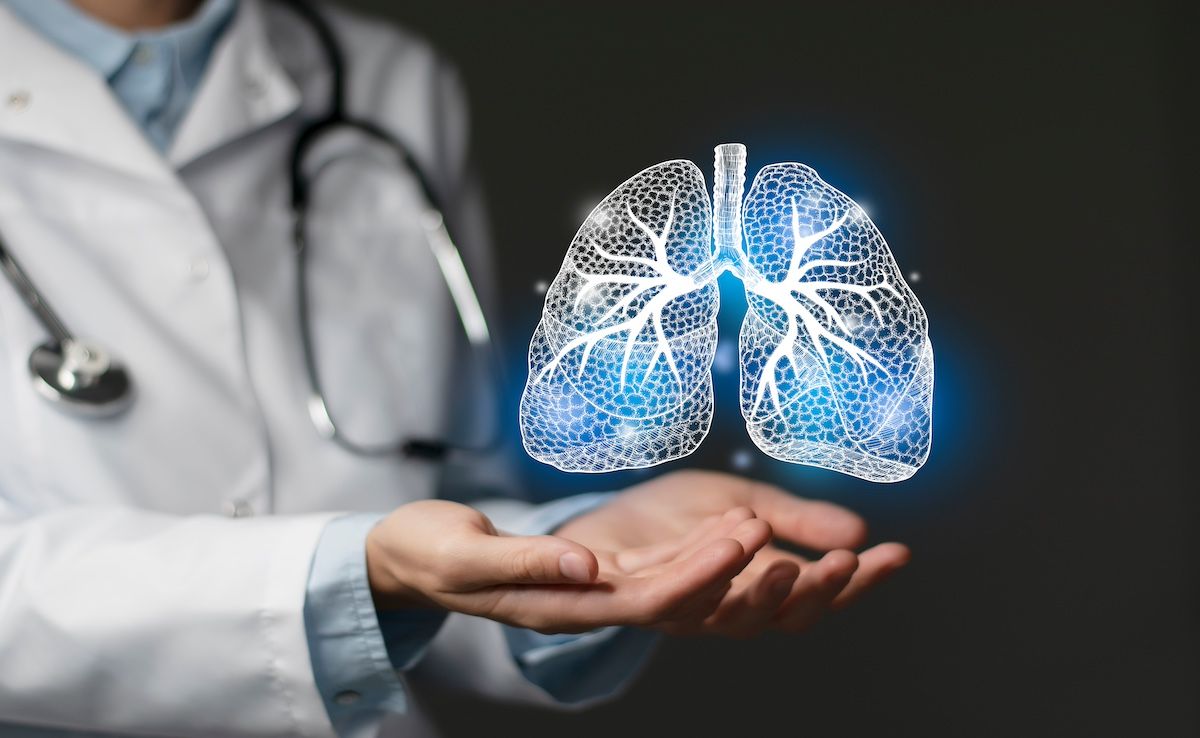Article
Drop in Breast Cancer Death Rate Saved More Than 322,000 Lives From 1989 to 2015
Author(s):
While death rates from breast cancer declined 39% from 1989 to 2015, there are clear racial differences with black women having higher breast cancer death rates than white women, according to a new report from the American Cancer Society.
While death rates from breast cancer declined 39% from 1989 to 2015, there are clear racial differences with black women having higher breast cancer death rates than white women, according to a new report from the American Cancer Society (ACS).
Findings on the latest breast cancer statistics were published in Breast Cancer Facts & Figures 2017-2018 and in an article in CA: A Cancer Journal of Clinicians. These trends in breast cancer incidence, mortality, survival, and screening are published every 2 years.
The first report estimated that 252,710 new cases of invasive breast cancer will be diagnosed among women and 2470 will be diagnosed among men in 2017, with approximately 40,610 women and 460 men expected to die from the disease this year.
The good news is that from 1989 to 2015, the rate of breast cancer deaths declined 39%, and a result of this decline was that 322,6000 deaths from breast cancer were averted in US women. In the years proceeding this rapid decline, the death rate increased by 0.4% per year from 1975 to 1989. The reduced death rate can be attributed to treatment improvements, as well as earlier detection through mammography. Unfortunately, not all women benefited equally from improvements that led to a reduction in mortality.
“A striking divergence in long-term breast cancer mortality trends between black and white women emerged in the early 1980s and continued to widen over the last several decades, but recent data suggest that the racial disparity may be stabilizing,” the authors of the CA article wrote.
While white women and black women have higher rates of breast cancer incidence and death rates compared with other racial and ethnic groups, black women are more likely to die from breast cancer at any age compared with white women. From 2011 to 2015, the breast cancer death rate among black women was 42% higher than it was among white women.
“A large body of research suggests that the black-white breast cancer disparity results from a complex interaction of biologic and nonbiologic factors, including differences in stage at diagnosis, tumor characteristics, obesity, other health issues, as well as tumor characteristics, particularly a higher rate of triple negative cancer,” Carol DeSantis, MPH, director of breast and gynecological cancer surveillance for ACS, said in a statement.
The report also found there are racial differences by state. The highest death rates for white women occurred in the North Central, Mid-Atlantic, and Western regions, and the highest death rates for black women happened in the South Central and Mid-Atlantic regions, as well as in California. The study in CA found similar death rates among white and black women in Massachusetts, Delaware, and Connecticut.
According to DeSantis, the geographic variation in breast cancer mortality rates “confirms the role of social and structural factors.” She added that several states reported closing disparities, which indicated that “increasing access to healthcare to low-income populations can further progress the elimination of breast cancer disparities.”
Newsletter
Stay ahead of policy, cost, and value—subscribe to AJMC for expert insights at the intersection of clinical care and health economics.





